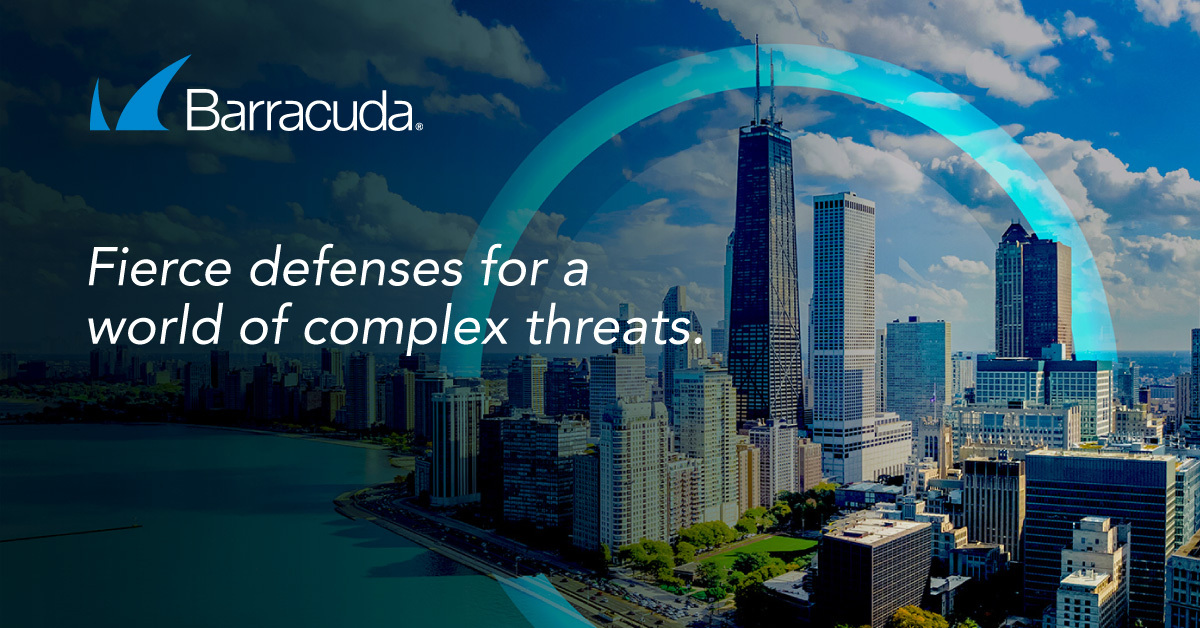tbrock47
Occasional Visitor
So I have a basic question that I was unable to answer via my Google sleuthing.
How do the DMZ and QoS work together when both are enabled on the router? I have a device in my DMZ that I also want to have a fairly high priority in the QoS hierarchy. I have a feeling that DMZ devices are either ignored by QoS or are given the highest priority by default. Can someone correct and/or clarify this for me?
Quoting the DMZ description in my ASUS router below, inbound doesn't appear to matter to QoS since it gets all inbound packets anyway, but how are DMZ outbound packets treated? Will DMZ outbound packets still benefit from a QoS priority?
Thanks in advance.
How do the DMZ and QoS work together when both are enabled on the router? I have a device in my DMZ that I also want to have a fairly high priority in the QoS hierarchy. I have a feeling that DMZ devices are either ignored by QoS or are given the highest priority by default. Can someone correct and/or clarify this for me?
Quoting the DMZ description in my ASUS router below, inbound doesn't appear to matter to QoS since it gets all inbound packets anyway, but how are DMZ outbound packets treated? Will DMZ outbound packets still benefit from a QoS priority?
Virtual DMZ allows you to expose one computer to the Internet, so that all the inbounds packets will be redirected to the computer you set. It is useful while you run some applications that use uncertained incoming ports. Please use it carefully.
Thanks in advance.


